Tom's Guide Verdict
The Segway Kickscooter G3 Max has an even longer range and higher top speed than its predecessor, making it the best electric scooter for those who have to travel long distances. I hope that Segway can iron out the minor kinks in its accelerator, though.
Pros
- +
Updated design
- +
Smooth ride
- +
Powerful for hills
- +
Apple FindMy built in
Cons
- -
Accelerator can be twitchy
- -
Range varies greatly on riding style
Why you can trust Tom's Guide
Size (unfolded): 51.1 x 48 x 23.2 inches
Weight: 54.2 pounds
Motor: 850W nominal (2000W max)
Wheel size: 11 x 2.5-inch, pneumatic
Max speed: 28 mph
Range: up to 50 miles
Max rider weight: 285 pounds
Battery: 597 Wh/46.8V
If you use one of the best electric scooters to commute to work every day like I do, then you know one of the more tedious chores is making sure that you keep it charged, especially if you have to travel long distances. There's nothing worse than having to hoof it at the last minute because the battery on your scooter is dead.
One of the reasons I liked the Segway Max G2 was for its great battery life and range, which meant I only needed to plug it in once a week or so.
I tested its successor, the Segway Ninebot Kickscooter Max G3, for more than a month. And aside from a few little quirks, I found it to be an excellent follow-up model, with a refreshed design, higher top speed, and a longer range. Provided you don't need to carry the Max G3 up and down stairs, this is a scooter that can go the distance.
Price and availability
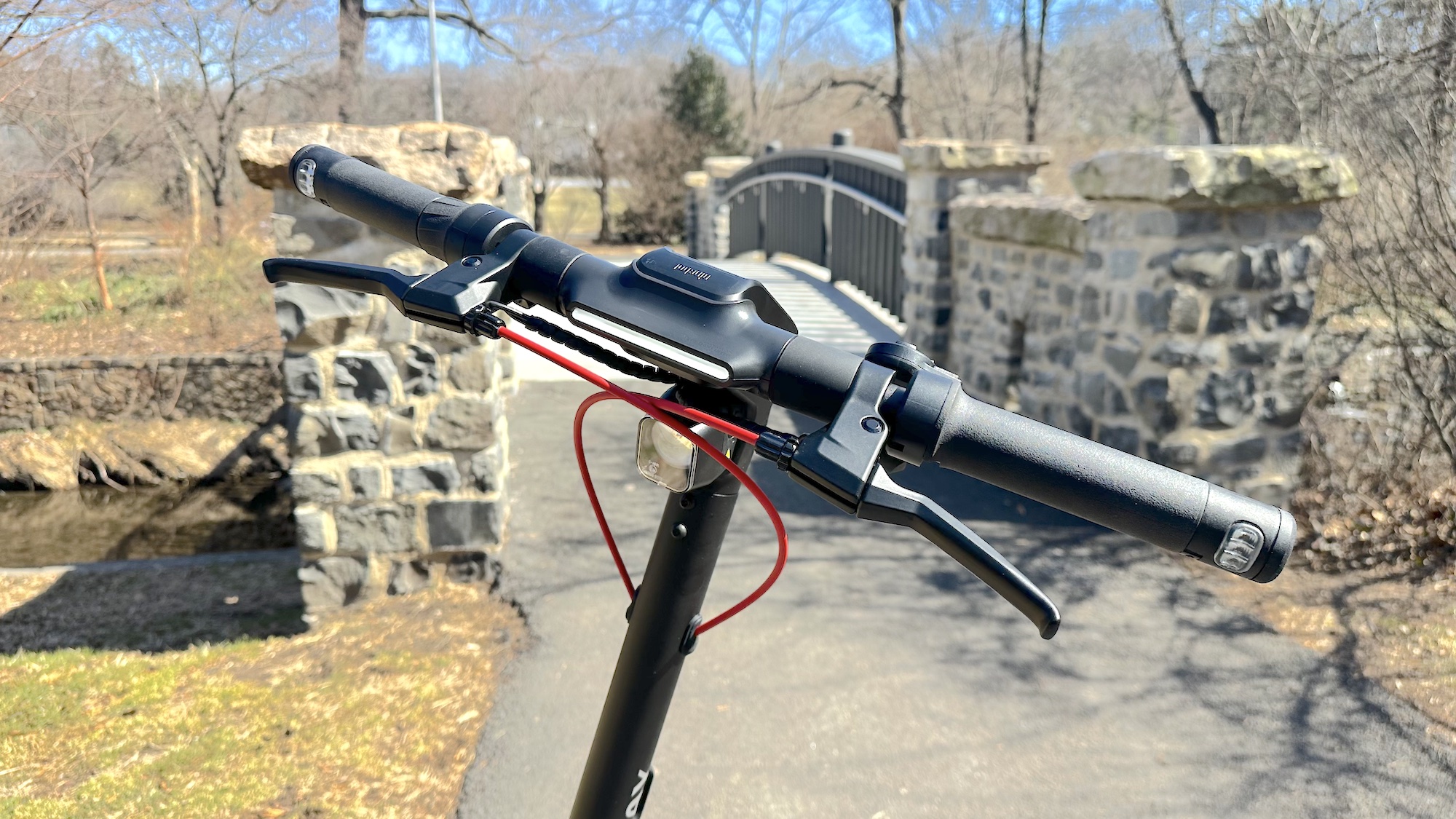
The Segway Max G3 went on sale in the spring of 2025. Its list price is $1,499, but you can often find it for less; at the time of this writing, it was on sale for $1,199 at Best Buy and other retailers, including Segway.com.
Design
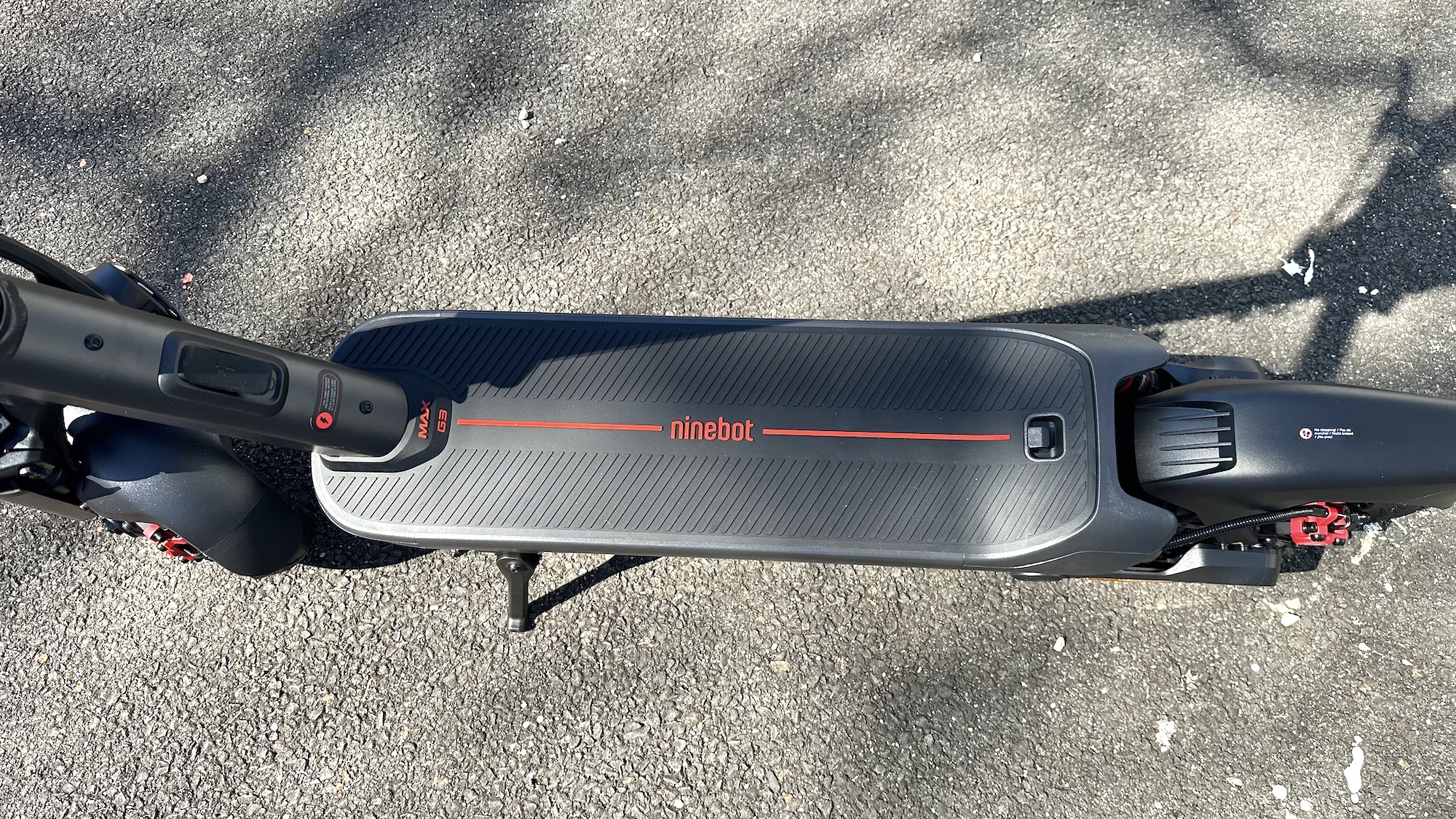
For 2025, Segway refreshed the look of its entire lineup of electric scooters, going from a gray and yellow scheme to red and black. It definitely makes the Max G3 look sharper.
Aside from the color, the most noticeable change is a large cowling covering the front suspension fork and U-shaped piece right above the front wheel. It makes the front of the scooter look a lot bulkier, but it also gives you a really convenient slot through which you can loop one of the best bike locks.
Segway also changed the design of the handlebars. Instead of a straight bar, they're now raked back slightly, which I found made them more comfortable and gave me a little greater control.
Get instant access to breaking news, the hottest reviews, great deals and helpful tips.
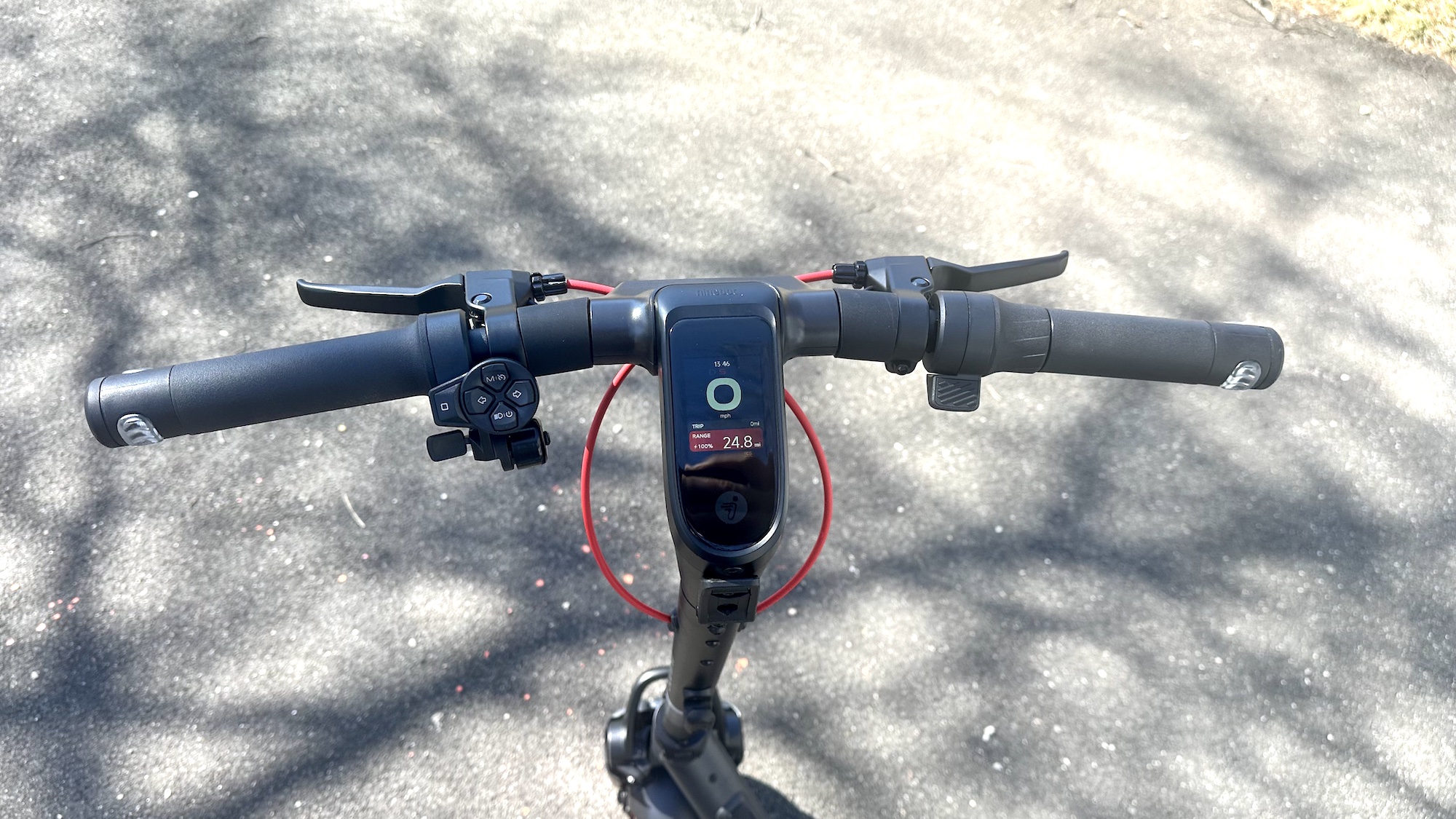
I also really liked the new material on the handlebar grips, as well as the control pad on the lefthand side. Now, the buttons for the turn signals, headlights, and modes are arranged in a little circle, within easy reach of your thumb. And, there's even a button which you can customize for a specific function.
Like the Max G2, the Max G3 has turn signals at the end of the handlebars, which is a nice warning to oncoming traffic that you're about to turn.
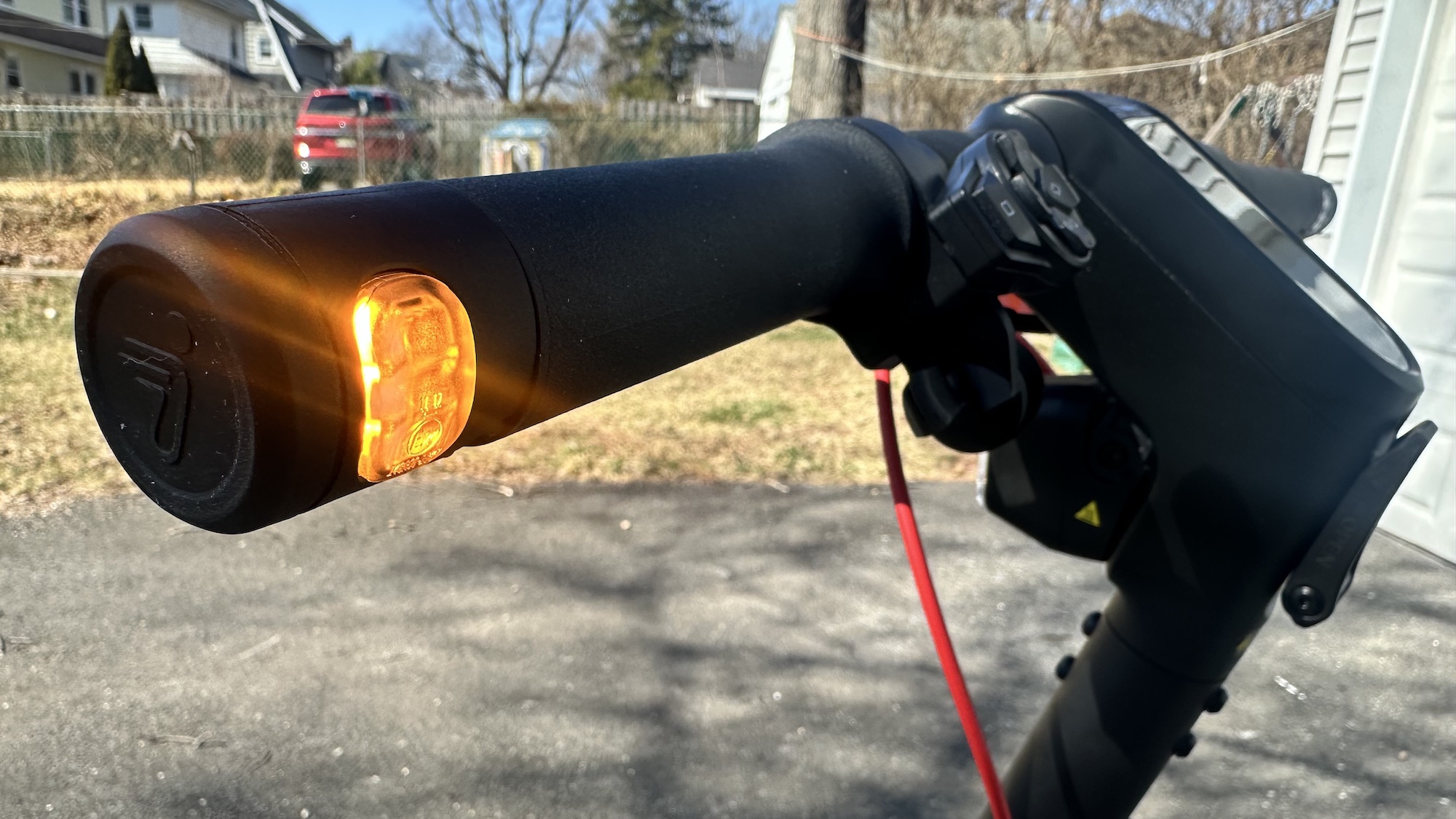
However, I wish Segway had also added turn signals to the rear of the deck, as Apollo Scooters has done with the Apollo City and some of its other models. As bright as the Max G3's turn signals are, they're blocked by my body, which means cars behind me can't see them.
Performance and handling
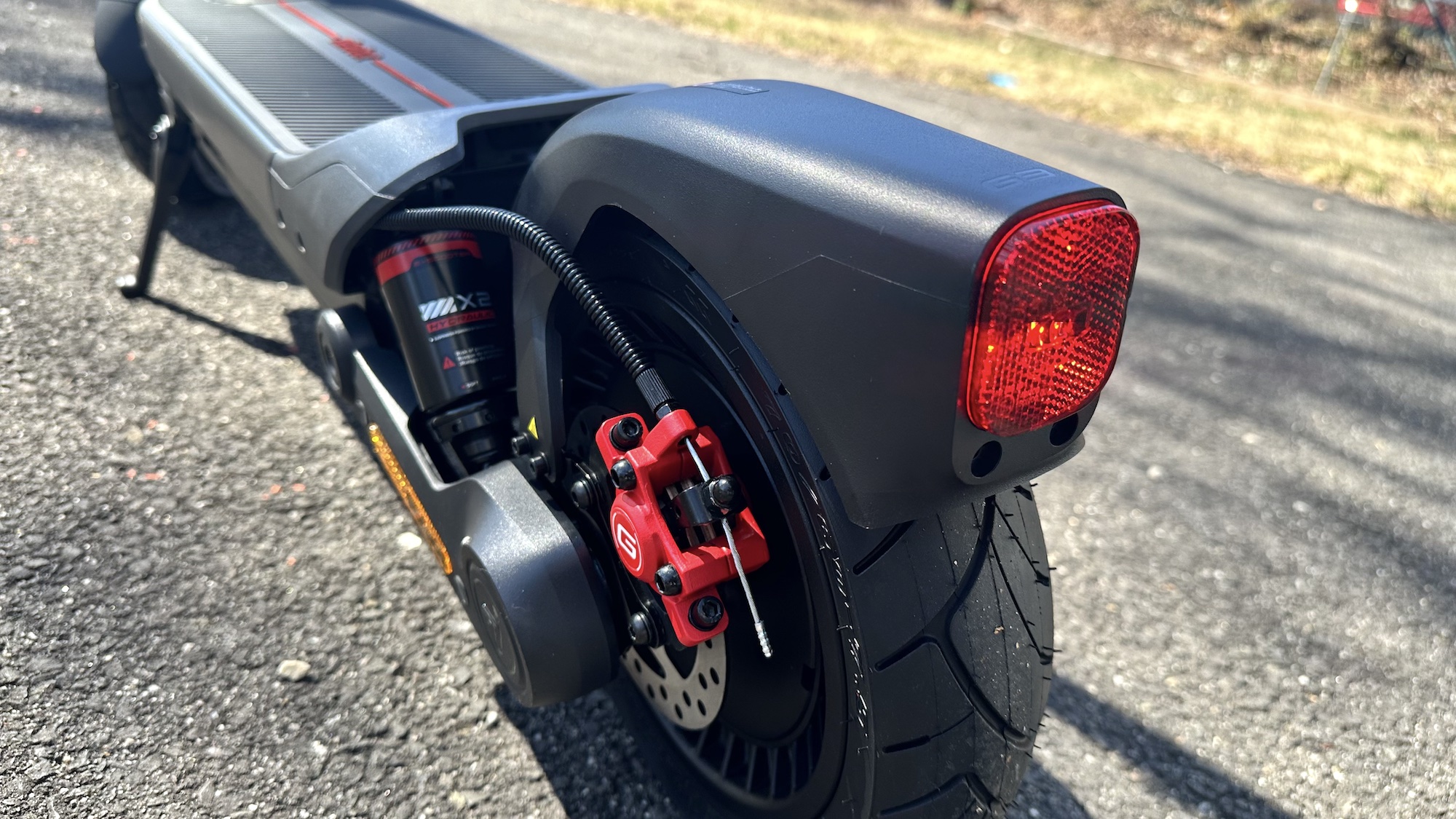
For the third generation, the Max G3's top speed is now 28 MPH, 5 MPH faster than the G2. While not as fast as the Apollo City (32 MPH), I found the G3 to be fast enough to keep up with traffic around town.
In addition to being speedy, the G3's 1000W motor was also powerful enough to get my up my test hill (a 6% grade) at around 22 MPH; it also managed to get up even steeper 10%-grade hills, only slowing down to about 17 MPH.
My only real issue with the Max G3 is its throttle control; it likes to be pushed all the way down. While you can gradually increase the G3's speed by pressing the throttle part way, it can sometimes result in a jerking motion as the scooter lurches forward.
I also noticed that if I had the throttle pushed down and I went over a pothole, the G3 would slow down for a split second after going over the hole.
As I was testing the Max G3, I reported the issues to Segway, and the company sent out a firmware update that alleviated the issue somewhat. If the company issues any more fixes, I'll update this review accordingly.
Battery life and range
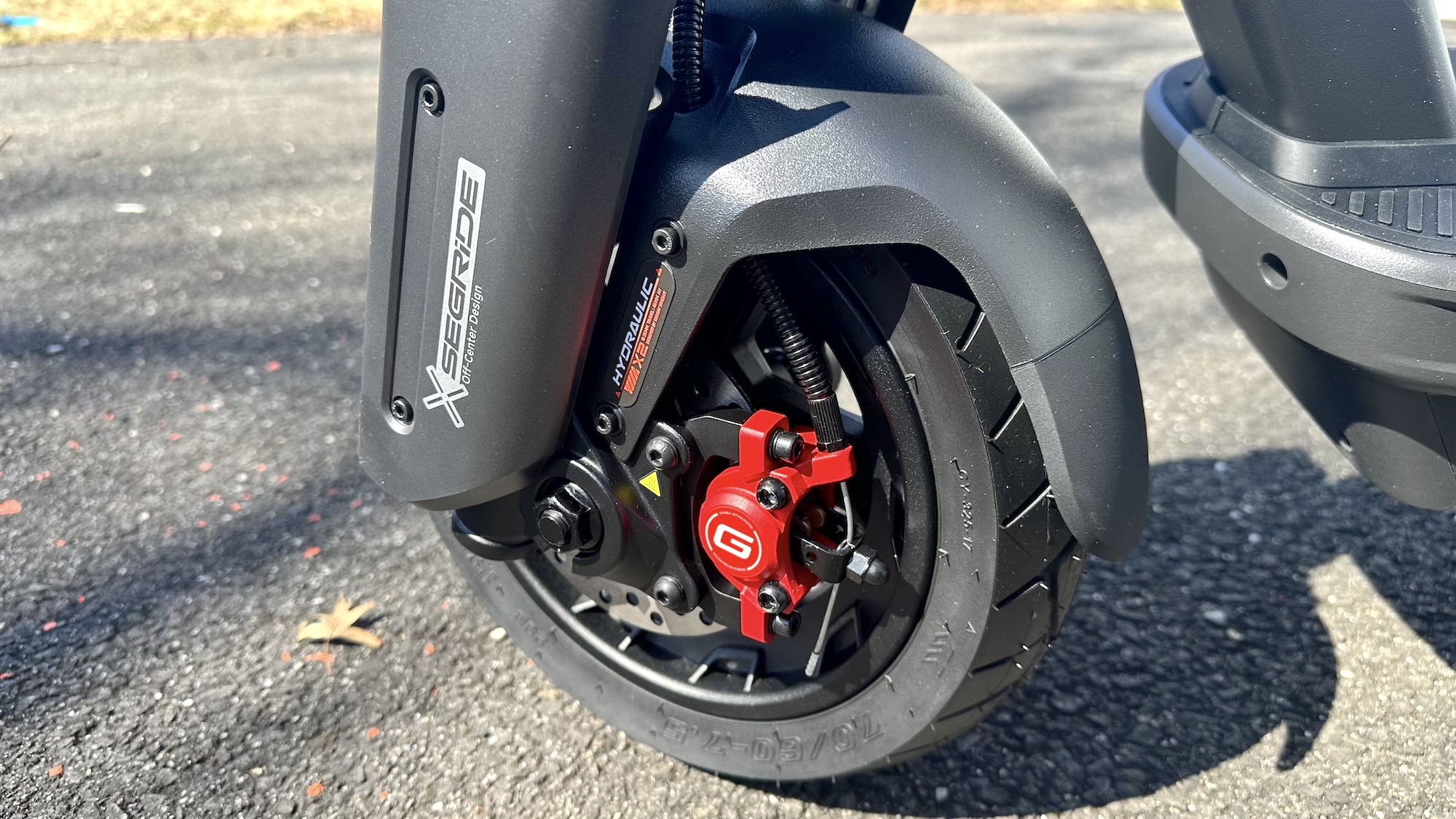
In Eco mode, Segway says you should see up to 50 miles, while in Sport mode, it should get up to 25 miles before needing a charge.
With the battery fully charged, I set out on a ride in Sport mode. At the start, it estimated I had 25 miles of range. I then rode the Max G3 nonstop for just over 7 miles, at which point the G3 said that I had 36% battery remaining. Calculating that out means that I could eke out about 11 miles in Sport mode.
I've found that difference is par for the course with just about every electric scooter I've tested, as I tend to ride them over more hilly terrain, and I'm bigger than the typical rider used for most estimates.
App and features
As with its previous model, the Max G3 connects via Bluetooth with the Segway app, which lets you adjust various features and functions on the scooter. For example, you can set the top speed for each of its riding modes (Eco, Drive, Sport), and turn on things such as the Traction Control System, which helps provide extra stability in wet weather.
Additionally, the app allows you to activate AirLock, which will automatically lock and unlock the scooter when your phones moves in and out of Bluetooth range, as well as Apple FIndMy, so you can locate your scooter if it goes missing.
Verdict
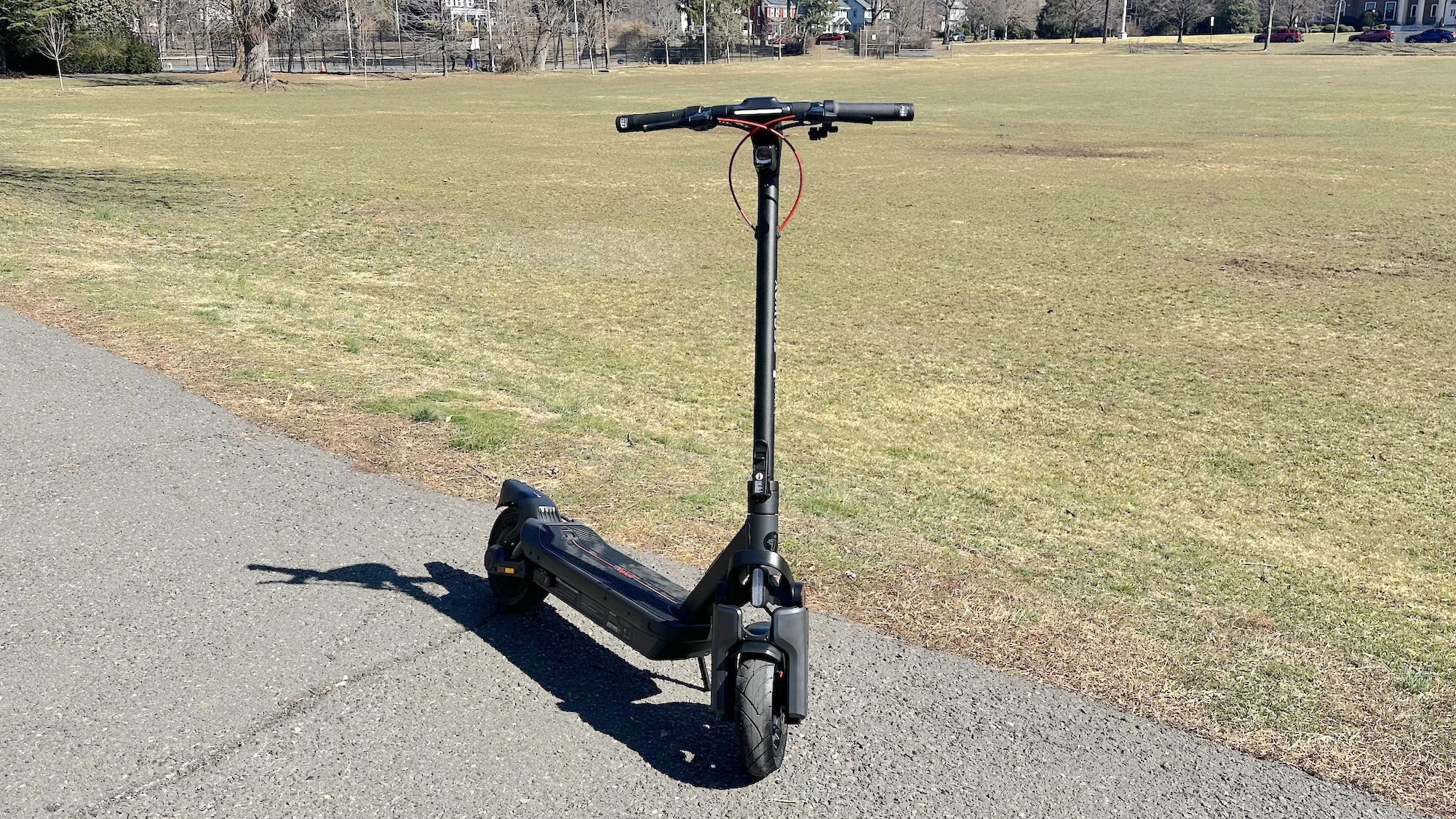
A few caveats aside, the Segway Max G3 is a nice successor to the previous model, offering longer range, an updated design, and a higher top speed. I especially like the small loop, which makes it easier to chain the scooter to a bike rack.
While its range will vary greatly based on a lot of factors — I was only able to get about 11 miles while riding it fairly aggressively — you should be able to get a much greater range if you're a bit more conservative.
Among the best electric scooters I've tested, there are few that can match the range of the Max G3, hypothetical or otherwise, making this the best option for those who have to travel long distances.
More from Tom's Guide
- Best electric scooters for kids
- The one thing you should look for when buying an electric scooter or electric bike
- I just rode the Honda Motocompacto — and it’s the weirdest scooter I've ever tried

Michael A. Prospero is the U.S. Editor-in-Chief for Tom’s Guide. He oversees all evergreen content and oversees the Homes, Smart Home, and Fitness/Wearables categories for the site. In his spare time, he also tests out the latest drones, electric scooters, and smart home gadgets, such as video doorbells. Before his tenure at Tom's Guide, he was the Reviews Editor for Laptop Magazine, a reporter at Fast Company, the Times of Trenton, and, many eons back, an intern at George magazine. He received his undergraduate degree from Boston College, where he worked on the campus newspaper The Heights, and then attended the Columbia University school of Journalism. When he’s not testing out the latest running watch, electric scooter, or skiing or training for a marathon, he’s probably using the latest sous vide machine, smoker, or pizza oven, to the delight — or chagrin — of his family.
You must confirm your public display name before commenting
Please logout and then login again, you will then be prompted to enter your display name.

